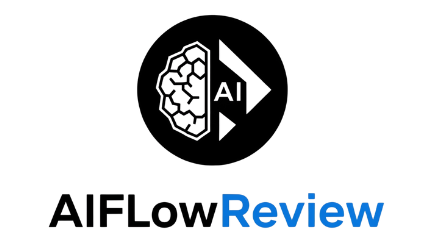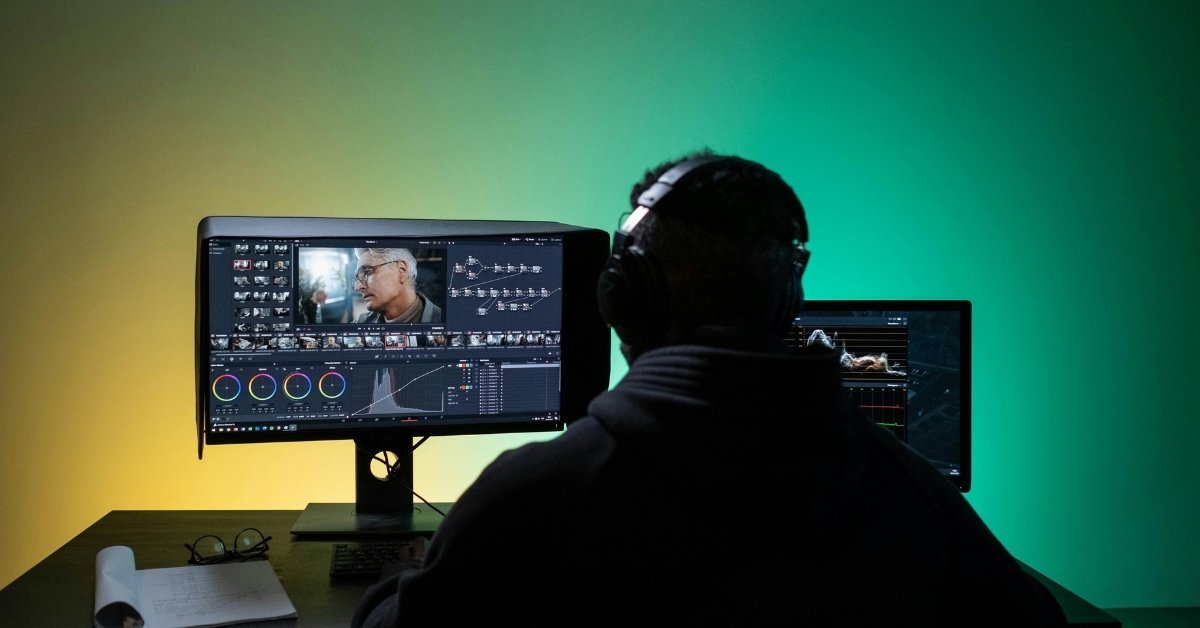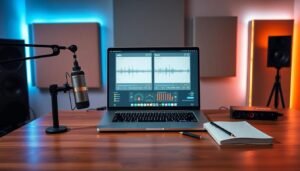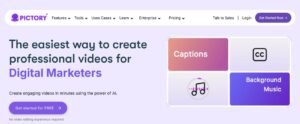Have you noticed how videos fill up your social feeds, marketing emails, and even work chats lately? I have, and I can tell you—something exciting is fueling that surge. AI video generators are making video creation fast, cheap, and shockingly easy. Forget hauling gear or booking a studio. With just a few clicks, anyone can create videos from a bit of text, an image, or a simple idea.
These tools break down old barriers for marketers, small business owners, and creative storytellers. You no longer need a big budget or team to make your message shine. In this post, I’ll give a plain-English guide to how AI video generators work, which features people actually use, real-world examples, and what you should watch for if you’re looking to try them out yourself.
What Are AI Video Generators and How Do They Work?
What are AI video generators? The simplest way to put it: they’re smart software tools that use artificial intelligence to create videos for you, often from a text prompt or by piecing together images and sound with just a short description. Instead of editing everything yourself, these systems do the heavy lifting in the background.
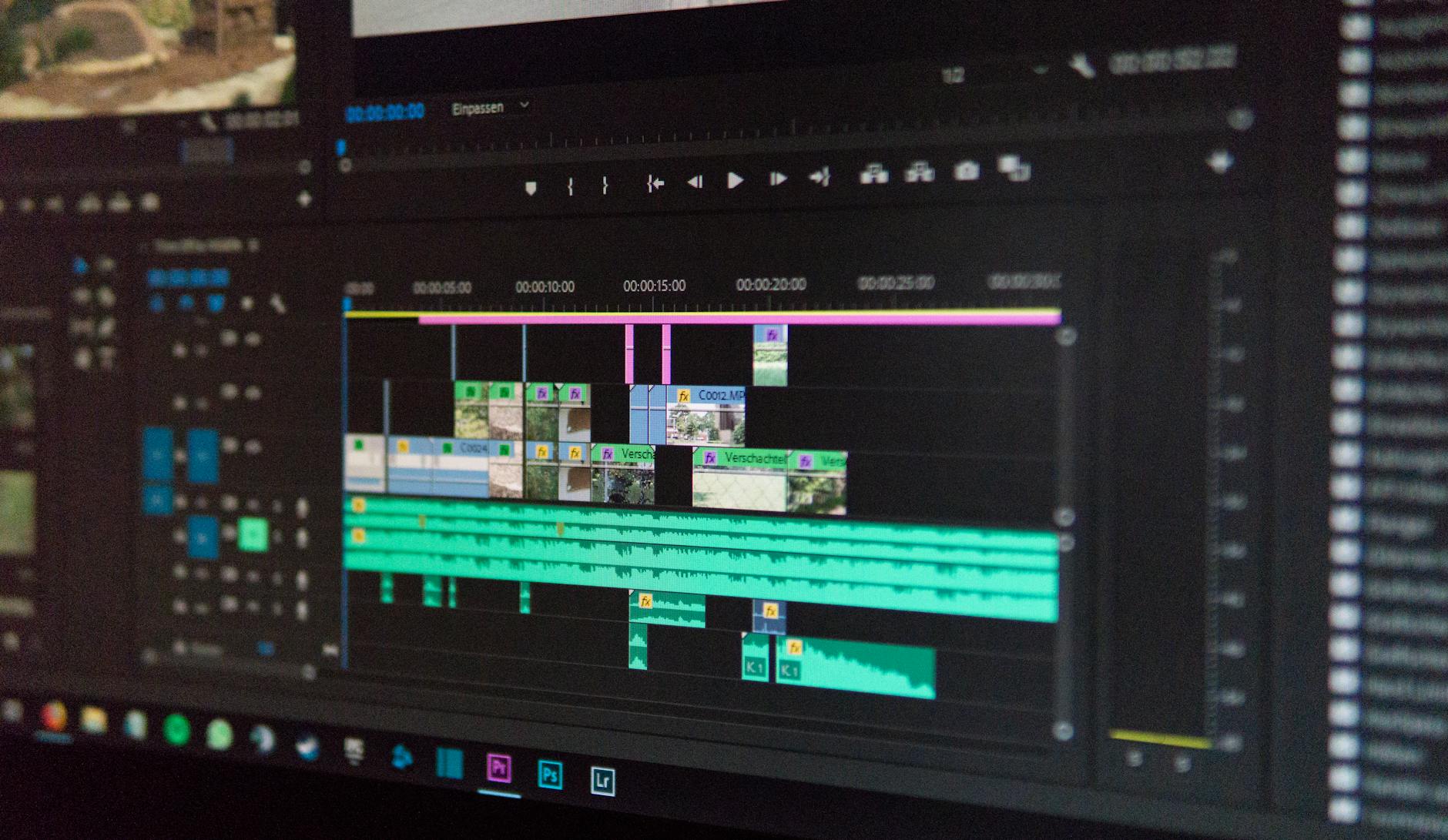 Photo by Alex Fu
Photo by Alex Fu
What’s powering this magic? Under the hood, most of these tools rely on tech like Natural Language Processing (NLP), neural networks—think Generative Adversarial Networks (GANs)—and sophisticated text-to-speech models. You give the AI your idea, maybe a few lines of script, and it works through the data it’s been trained on to whip up a video. The system creates voice narration (if you want), chooses visuals, and even edits scene transitions automatically.
Modern versions can handle surprisingly advanced tasks. For example, as explained by experts on Reddit’s Artificial Intelligence community, state-of-the-art models such as Lumiere use advanced techniques like “diffusion” to create highly realistic motion and scene composition from a single prompt.
Improvements just keep coming. Today’s AI video generators produce higher-resolution clips with crisper sound, smoother animation, and even multiple camera “angles” directed by a user’s input. Tools recognize context and can generate everything in-sync—so visuals match voiceovers and timing, with much less effort than traditional editing.
For a more detailed walkthrough, you can check out How An AI Video Generator Works & Top Uses.
Popular Features and Real-World Applications
When I use AI video generators, certain features always stand out as must-haves:
- Text-to-video: Turn a script, outline, or even a tweet into a dynamic video.
- Image animation: Animate static photos, create character avatars, or bring still graphics to life.
- Lip sync and voiceover: Let the AI match voice recordings to mouth movements or produce natural-sounding narration in many languages.
- Scene and template controls: Pick video backgrounds, camera movement, styles, or ready-to-tweak video templates.
- Multilingual options: Reach wider audiences with automatic translation and synced voiceovers.
- Asset library: Use built-in music, graphics, avatars, and animations to finish clips quickly.
It’s wild what you can do now. In business, I’ve seen marketers turn plain training PDFs into polished onboarding videos in minutes. Educators transform blog lessons into explainer videos, while sales reps make custom pitches without waiting for the design team. Social media pros can pump out daily posts in record time.
Some popular models you might’ve heard about include:
- Google Veo: Known for realistic video generation.
- Runway Gen-4: Used for creative video and short film projects.
- Synthesia: Famous for avatars and lifelike AI presenters.
For a practical overview of what’s available, this side-by-side comparison of the best AI video generators shows you just how diverse the feature sets have become.
Safety and Ethics: Deepfakes and Copyright
With all this power, there are real concerns too. Deepfakes can blur the line between what’s genuine and what’s fake, causing ethical headaches, especially around consent and misinformation. Then there’s copyright—the AI might remix content it was trained on, raising questions about who owns the end product.
Reputable AI video tools are rolling out built-in checks: watermarking generated content, flagging banned imagery, and offering creators more transparency about how media is produced. It pays to stick to established platforms that take safety and copyright seriously.
Limitations and Future Directions
I’ve played with plenty of these tools, and while the results can be amazing, a few rough spots remain. Sometimes, generated clips have weird visual artifacts—hands that morph, awkward movement, or mismatched lip syncs. The audio quality might dip if the script has uncommon names or complex terms.
Creative control isn’t perfect yet, either. While you often pick scenes or tweak templates, the AI might make artistic choices you wouldn’t have. It’s fantastic for rapid production and simple ideas but can still struggle with layered, subtle storytelling.
The tech is evolving fast, though. According to ongoing research, like in this breakdown of how AI video generation works, newer models promise even more photorealistic video, better sound, and deeper interactivity. Soon, you might be able to “act” in a video just by typing directions—or have the AI adjust its output based on real-time feedback.
No matter how smart these tools get, responsible use isn’t optional. Sticking to ethical guidelines, clear consent, and copyright respect will only grow in importance as AI’s creative potential expands.
Wrapping Up: Why AI Video Generators Matter
AI video generators unlock a toolkit that used to be reserved for the few, not the many. Now, if you’ve got a story to tell or a product to pitch, you’re just a few clicks from a finished video—no experience or big investment needed. They bring video to everyone, and that makes content more creative, accessible, and surprising.
Not sure where to start? If you want reviews and guides on AI video generators and animation tools, there are sites out there built to help you find the right match fast. Dive into expert breakdowns and real user experiences so you can make an informed choice.
Experiment with these tools, but stay fair and transparent. The future of video is here, and it’s in your hands—why not see what you can create?
